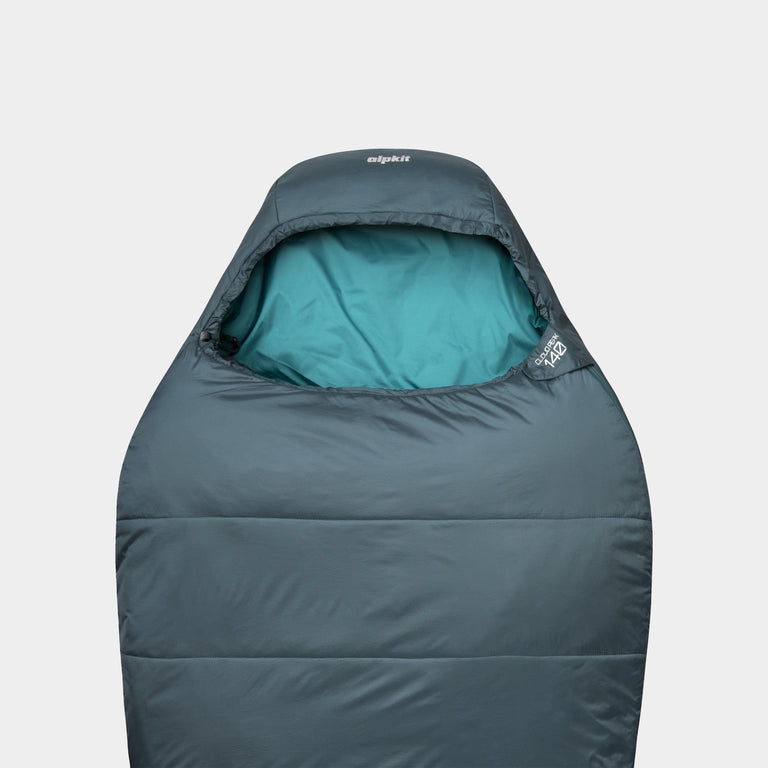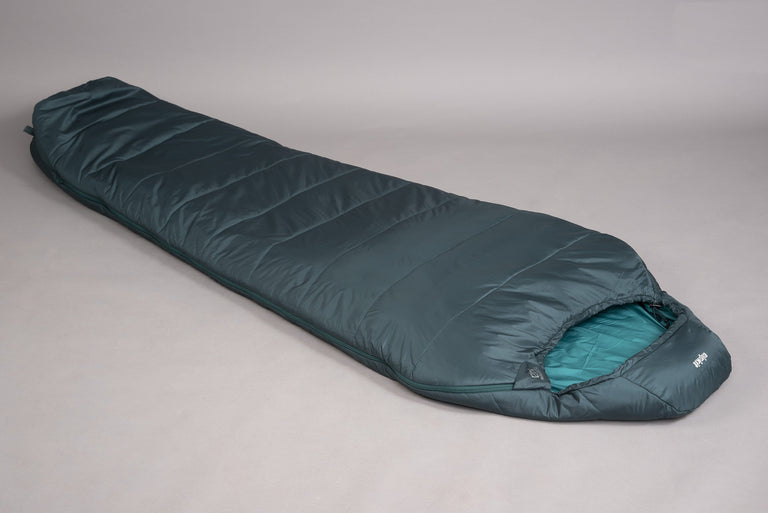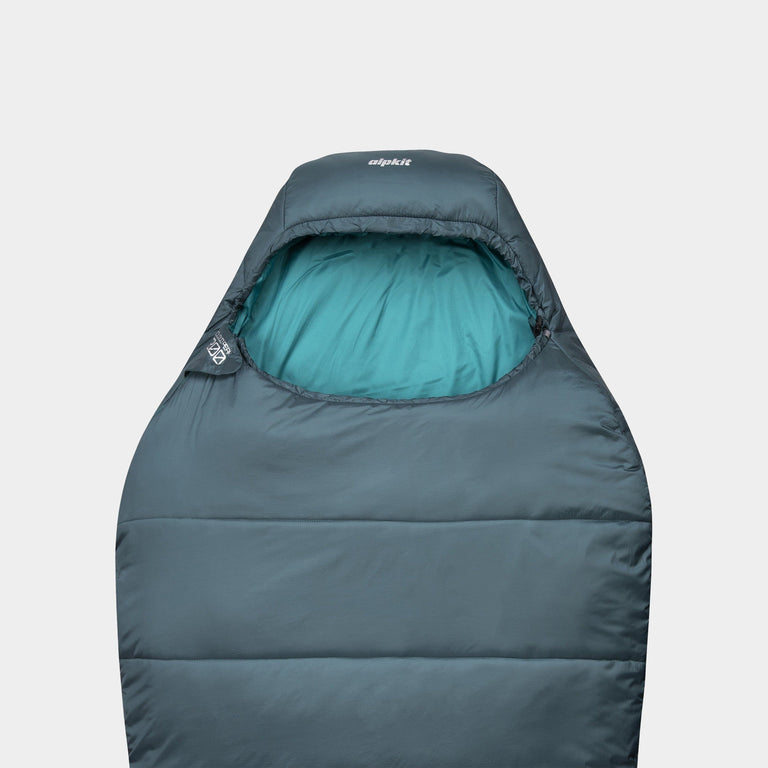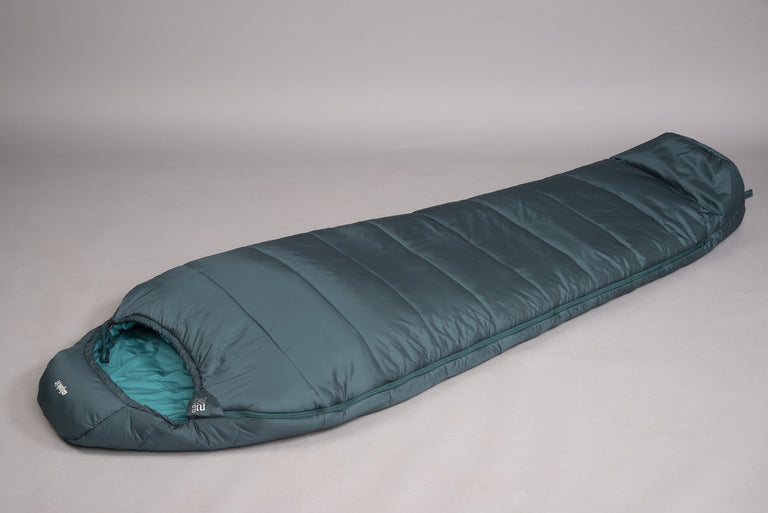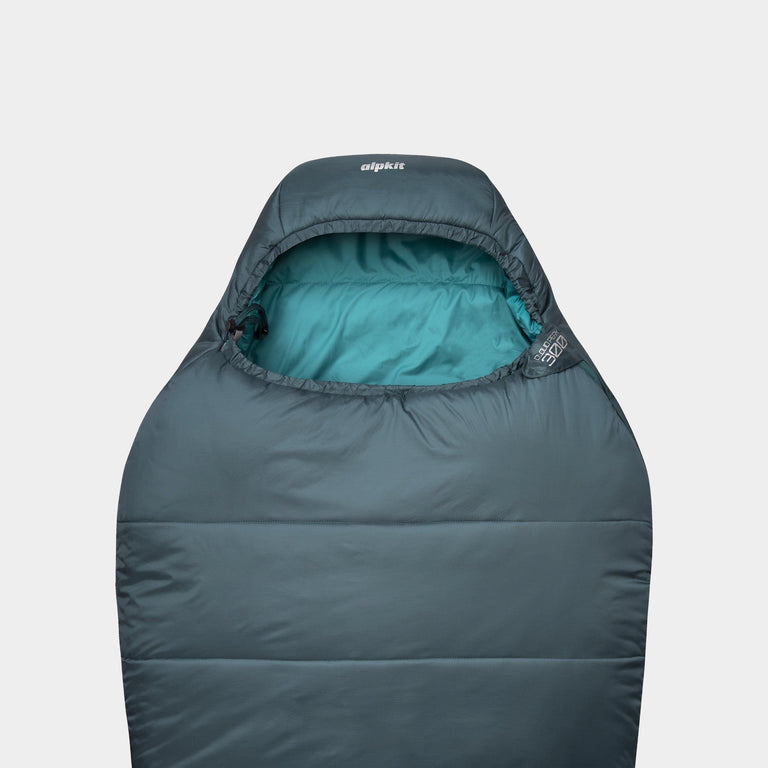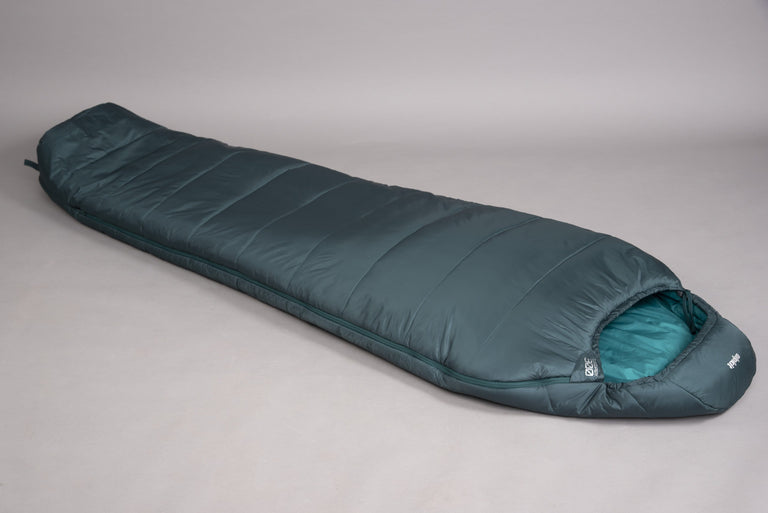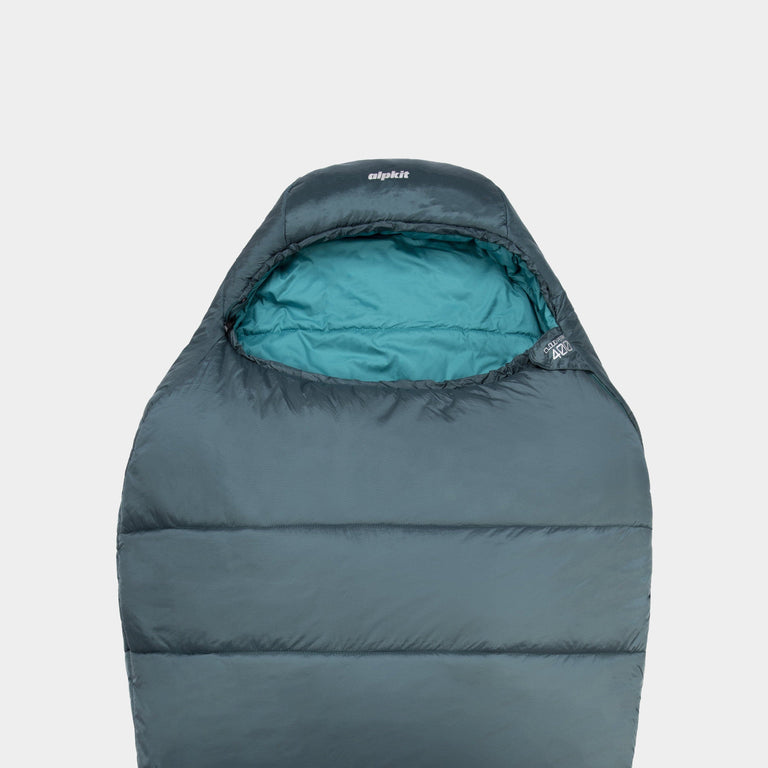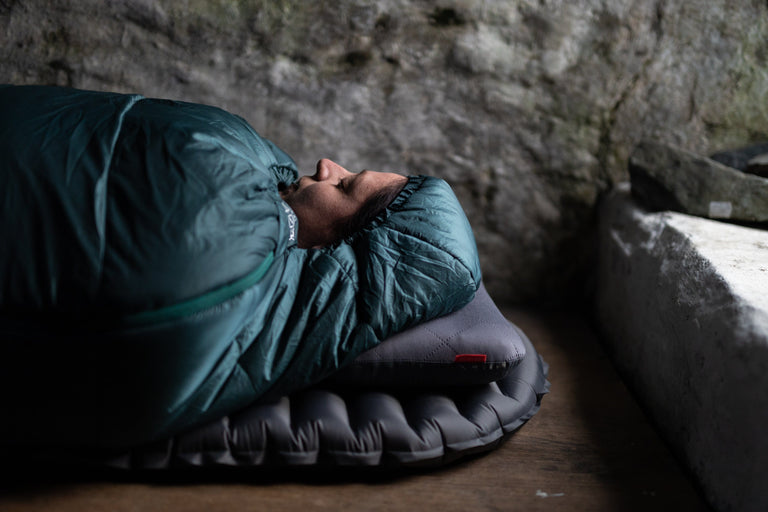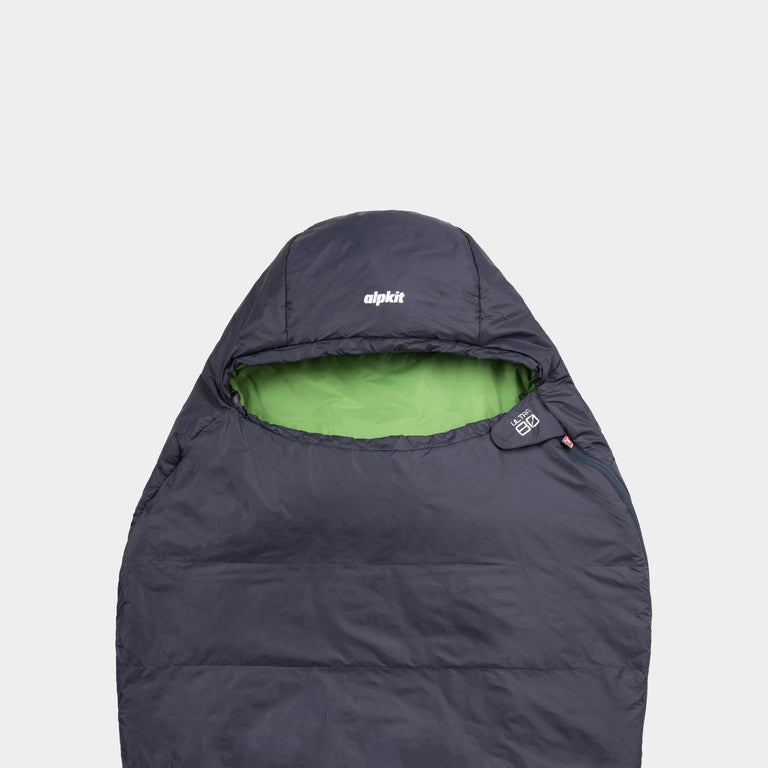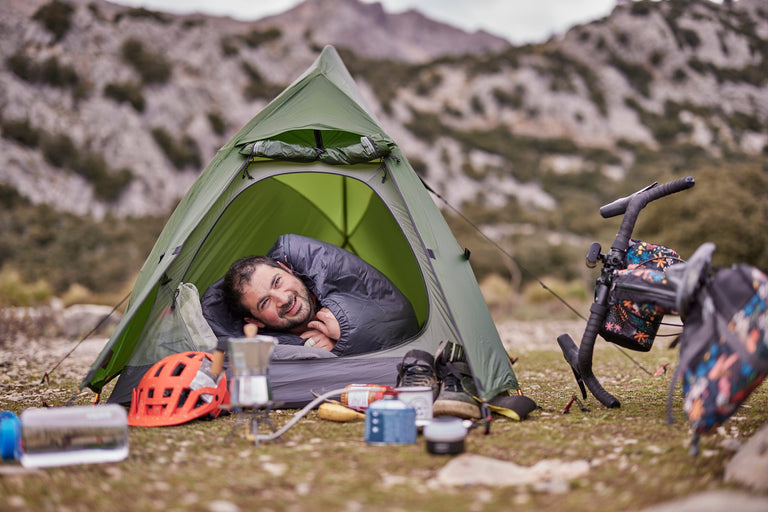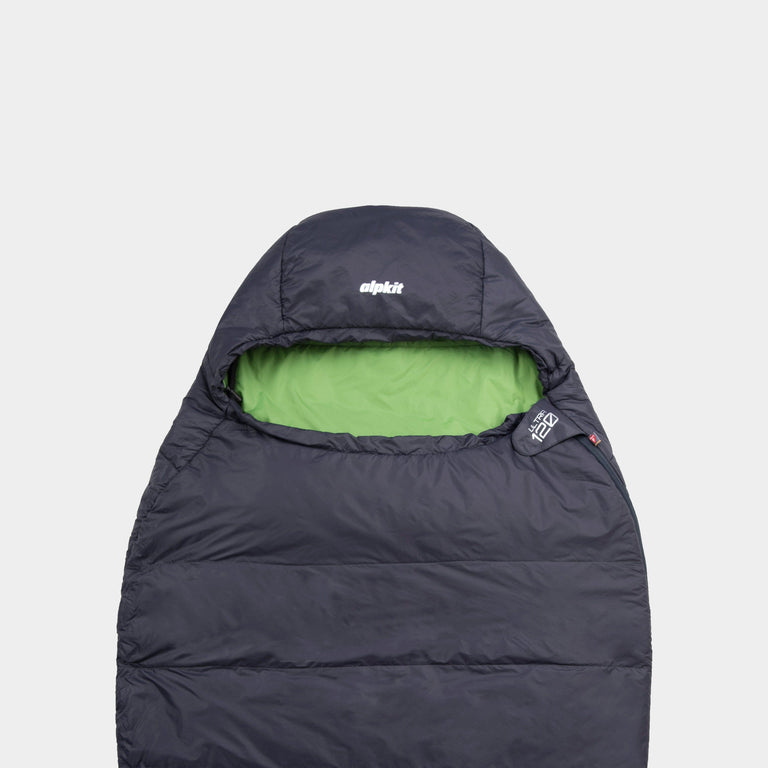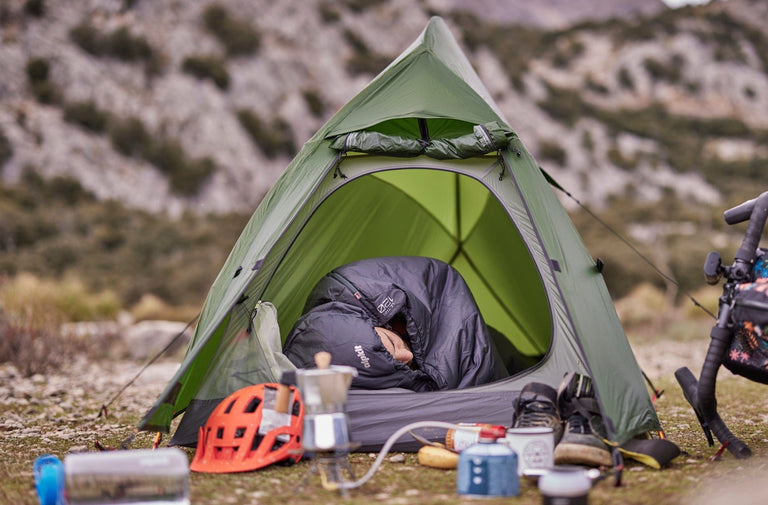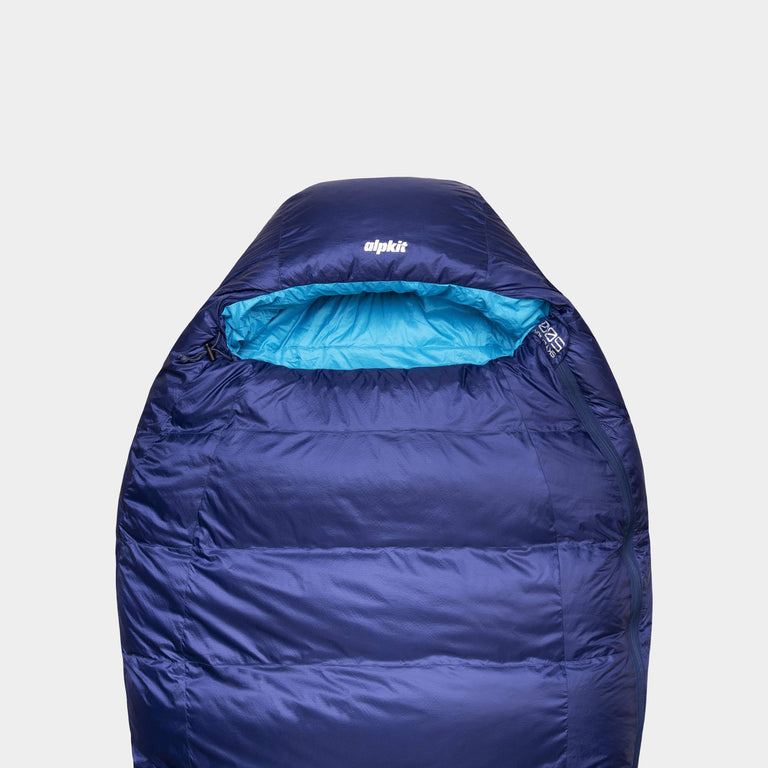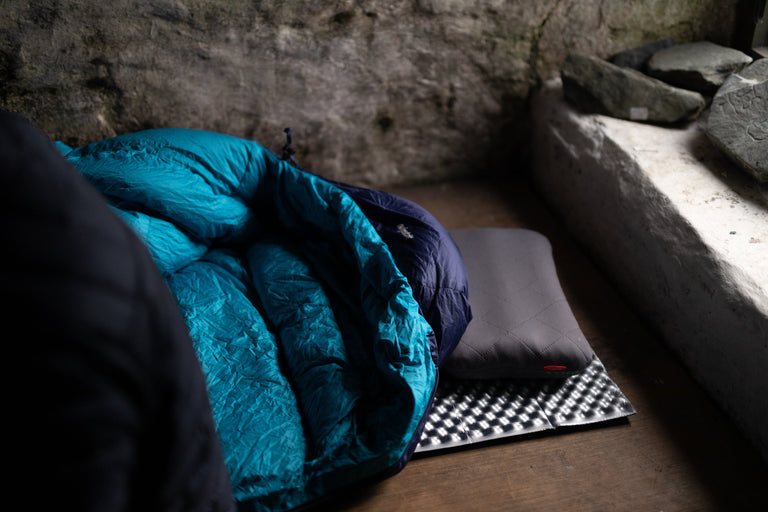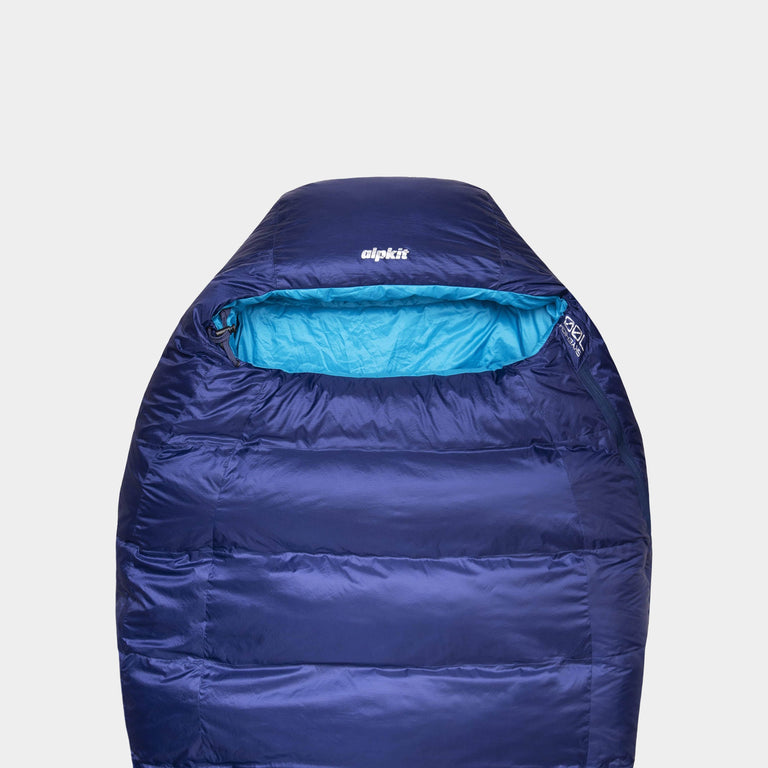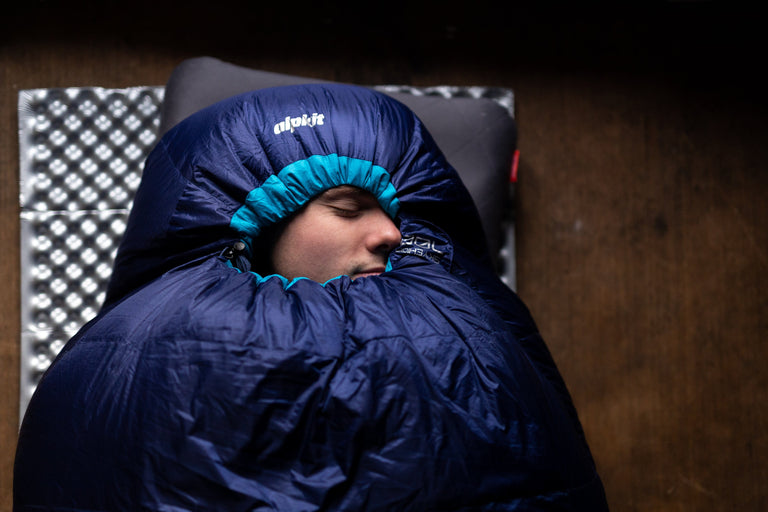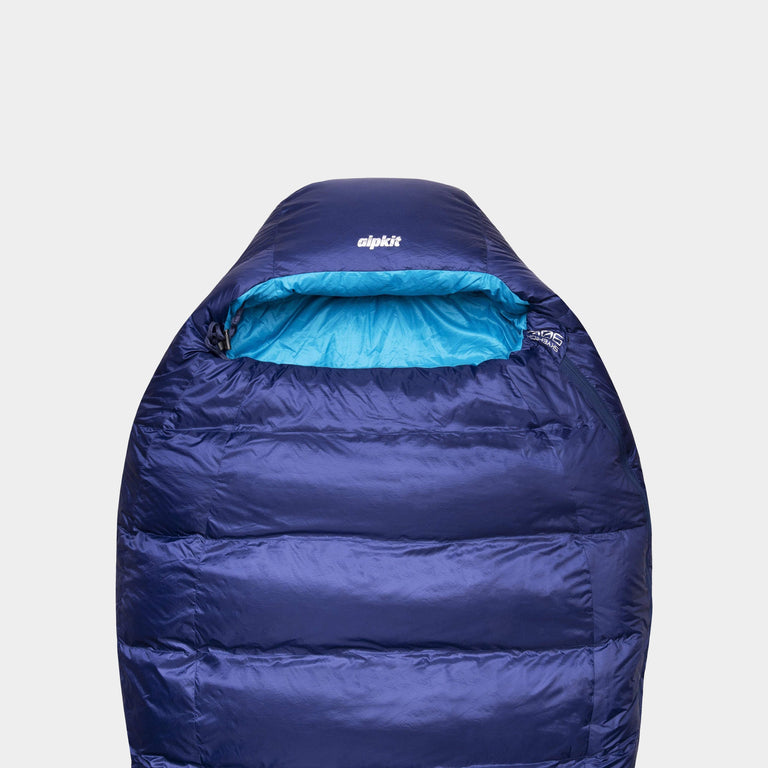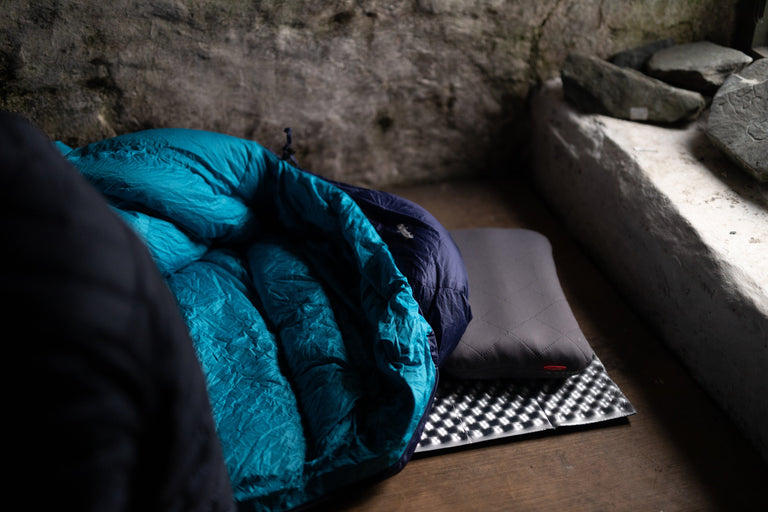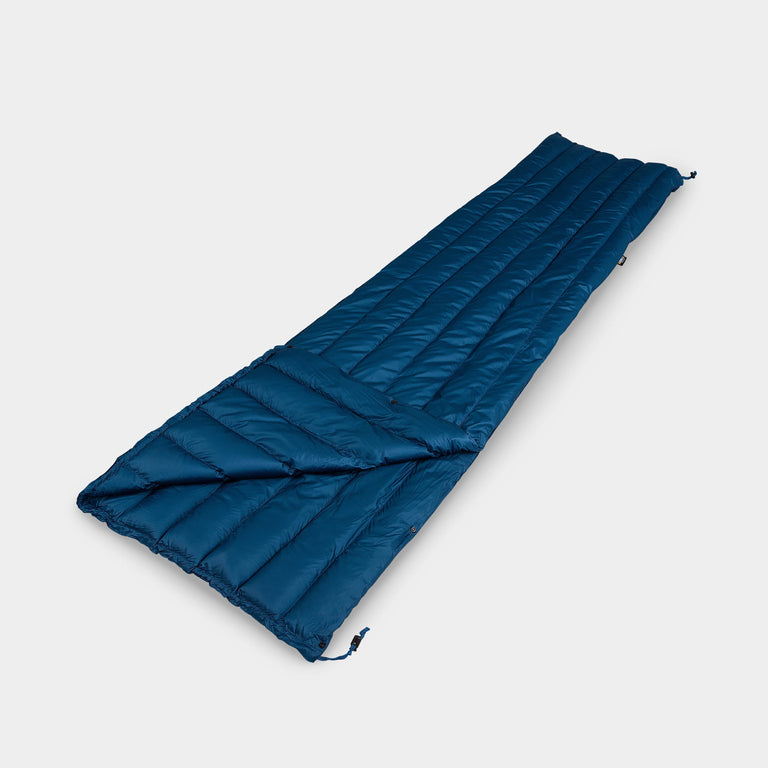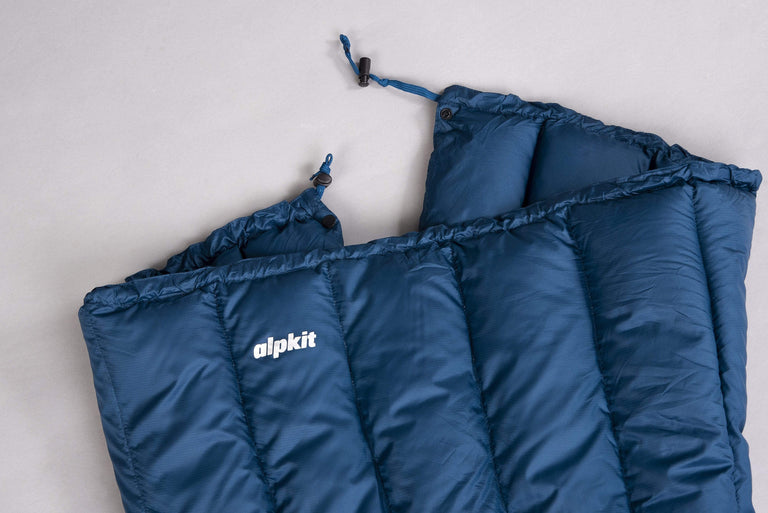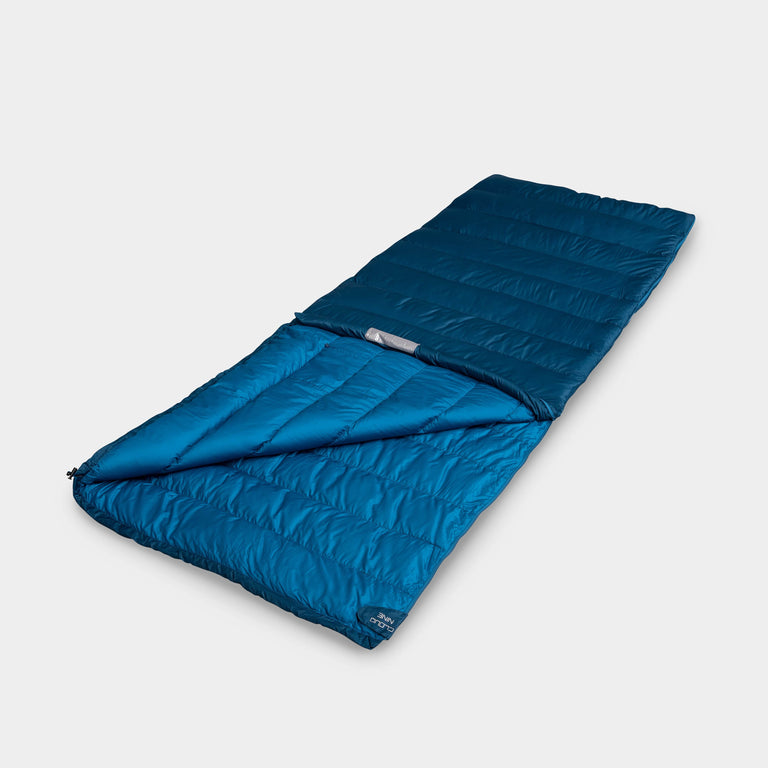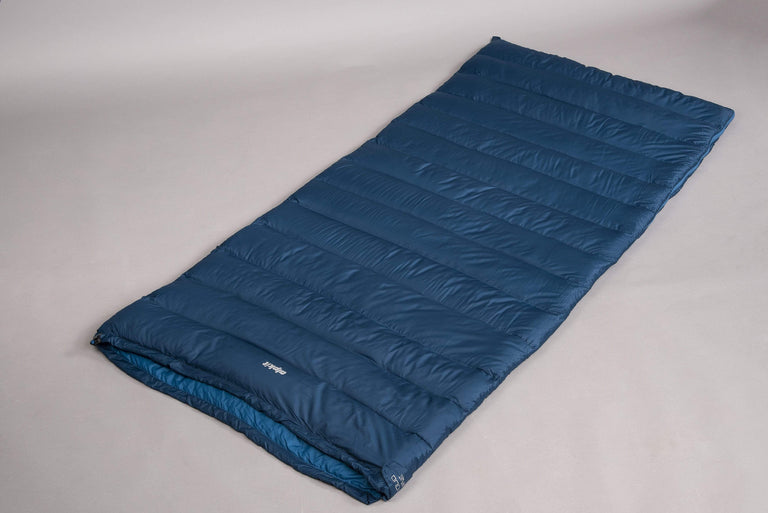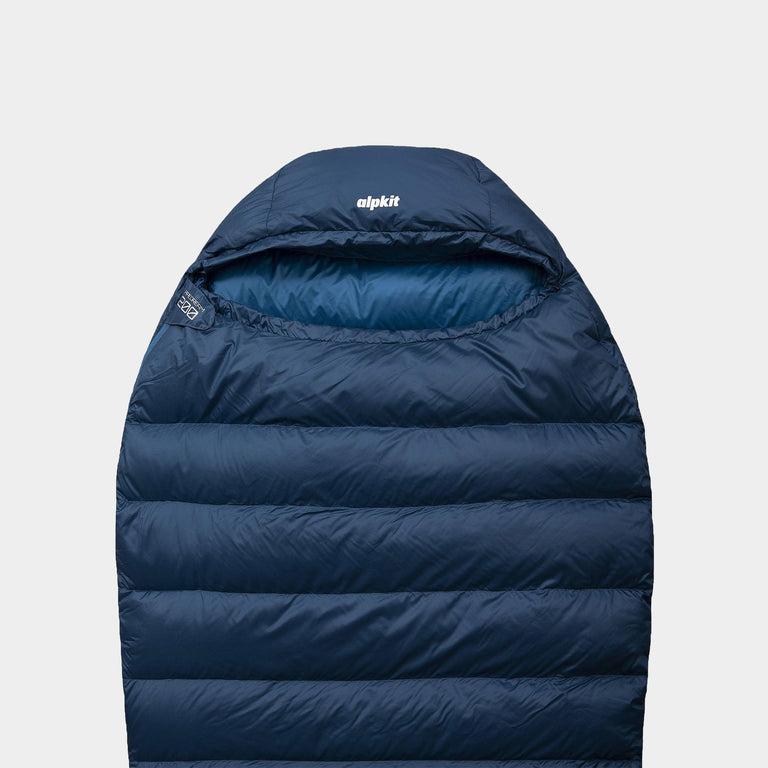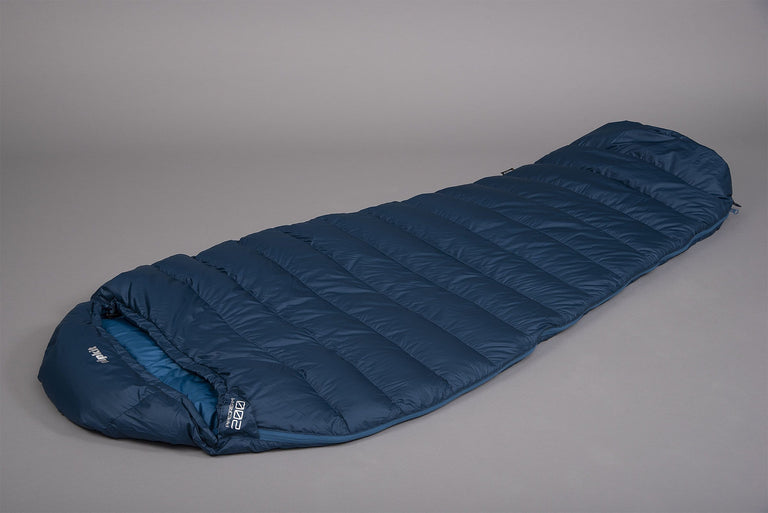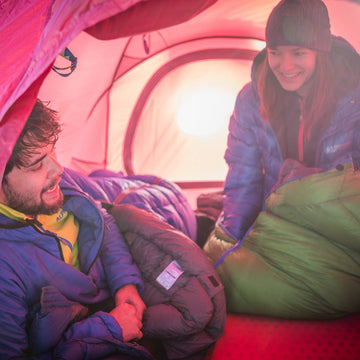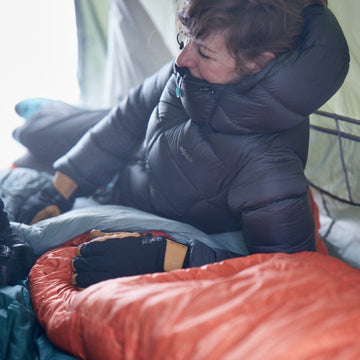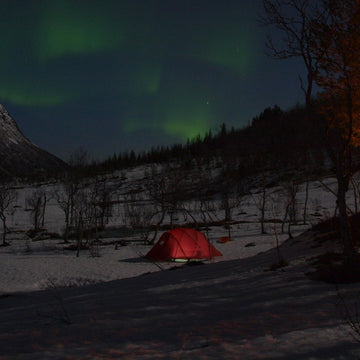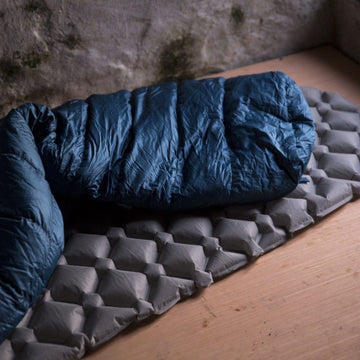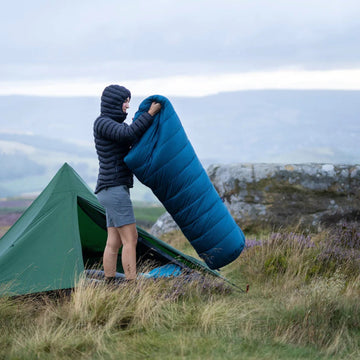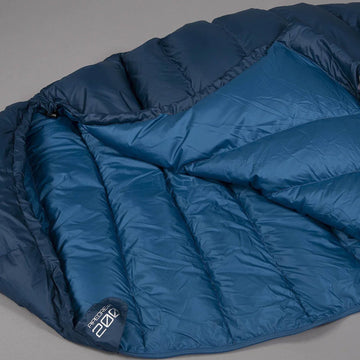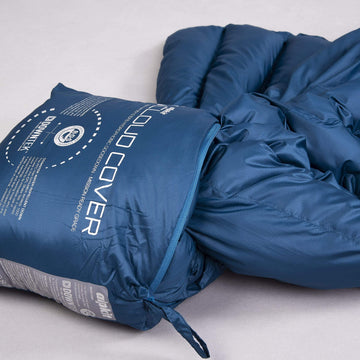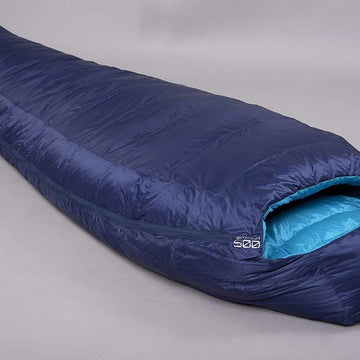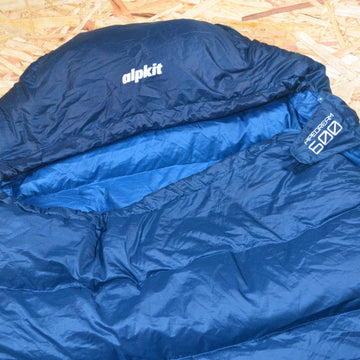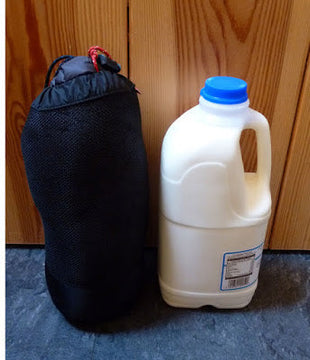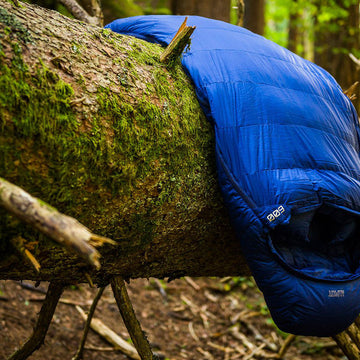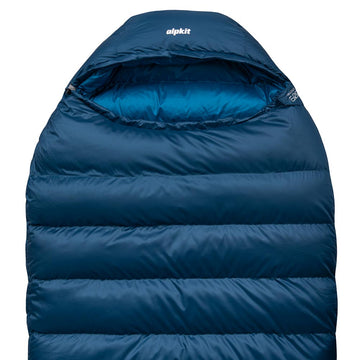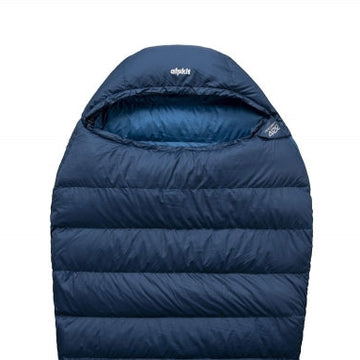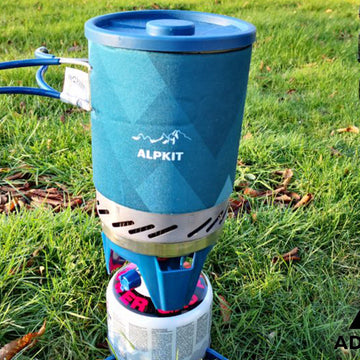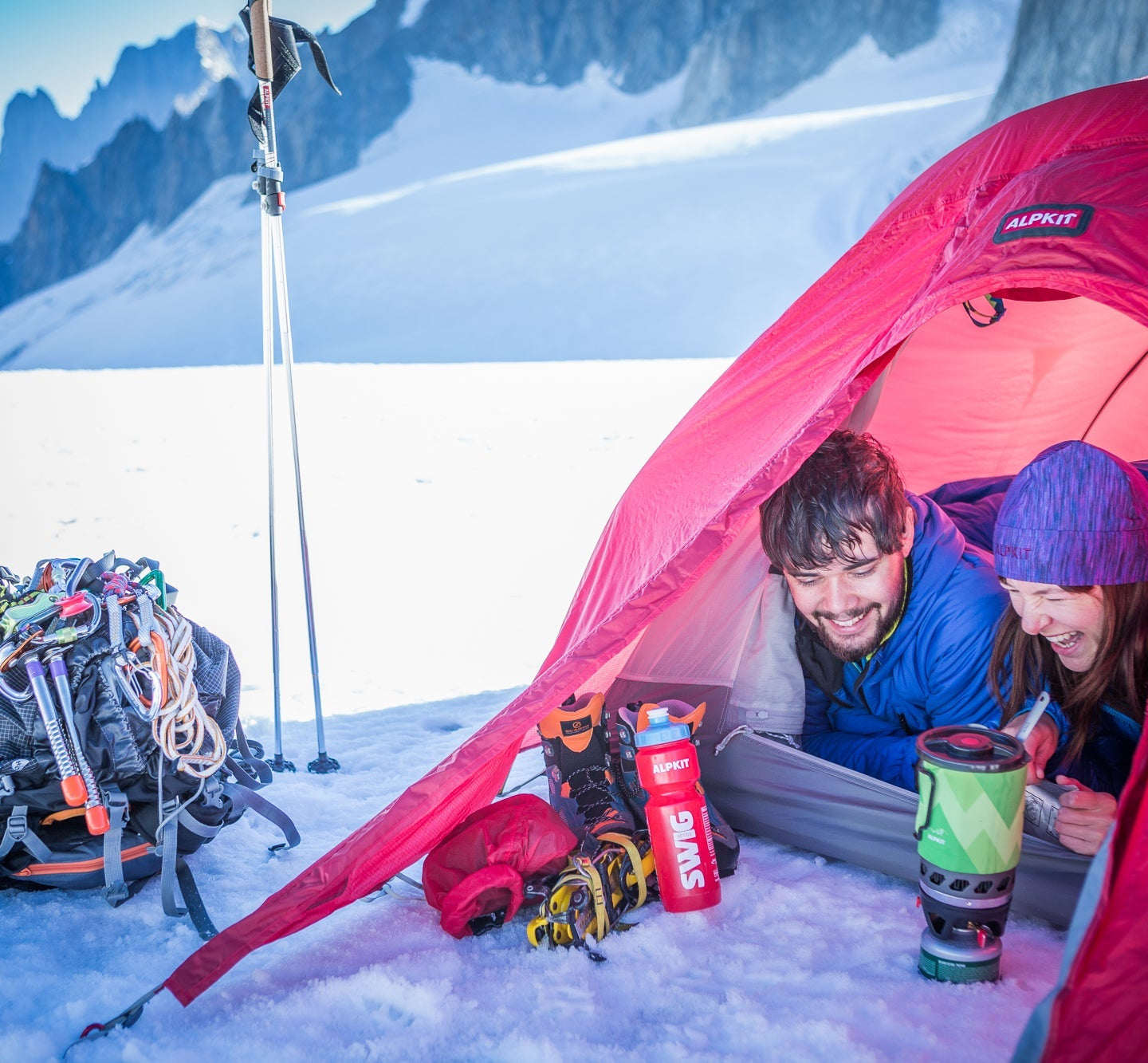
Ever wondered how sleeping bag temperature ratings are calculated? Here’s how our testing process ensures warmth, comfort and accuracy.
The Alpkit Sleep Limit is a single figure based on the combined experience of us, our customers and our Alpkiteers spending many nights out, all year round, in all conditions and is backed up by thermal testing and years of expertise with fill, materials and construction methods.
Our sleeping bags are tested using the Leeds Comfort Model in the labs at Leeds University.
The results of these tests are interpolated to give an equivalent EN13537 rating so that you can easily compare our sleeping bags with other brands.
The Leeds Comfort Model
Test Method
The tests are performed according to BS 4745:1990 utilising a single plate together with a 50 cm diameter. sleeping bags are allowed to loft for a minimum of 4 hours prior to testing and the temperatures are measured in a central location where the chest bone of a sleeper would be.
Results
EN 13573 values are provided for comparison and are based on a calculation derived from comparative tests on identical sleeping bags.
| Season | Night temperature | Required thermal insulation (Togs) |
|---|---|---|
| Summer | 15 to 18 | 3 to 5 |
| Spring / Autumn | 10 to 0 | 5 to 8 |
| Winter | 3 to -10 | 7 to 10 |
| Mountain | -5 to -20 | 9 to 12 |
| Polar / High mountain | -15 to -40 | 11 to 20+ |
As far as thermal testing is important, it is just one tool we use to recommend the suitability of our sleeping bags for any given condition. This is why our recommended Alpkit Sleep Limit can differ from results recorded under laboratory conditions.
EN Sleeping bag comfort ratings
The EN13537 test involves a heated mannequin, a sleeping bag, a sleeping mat, a few other bits, controlled conditions and a scientist. It aims to simulate an actual person sleeping in a bag, where the bag is the only variable. There are 3 figures that drop out of this test. Here, word for word are the precise definitions as per the EN 13537 standard. We urge you to read between the lines, the language used is precise and has been very carefully chosen.Comfort Temperature (T comf) Lower limit of the comfort range down to which a sleeping bag user with a relaxed posture such as lying on their back is globally in thermal equilibrium and just not feeling cold (related to standard woman and in standard conditions of use).
Limit Temperature (T lim) Lower limit at which a sleeping bag user with a curled up body posture is globally in thermal equilibrium and just not feeling cold (related to standard man and in standard conditions of use).
Extreme Temperature (T ext) Lower extreme temperature where the risk of health damage by hypothermia occurs (related to a standard woman and in standard conditions of use).
